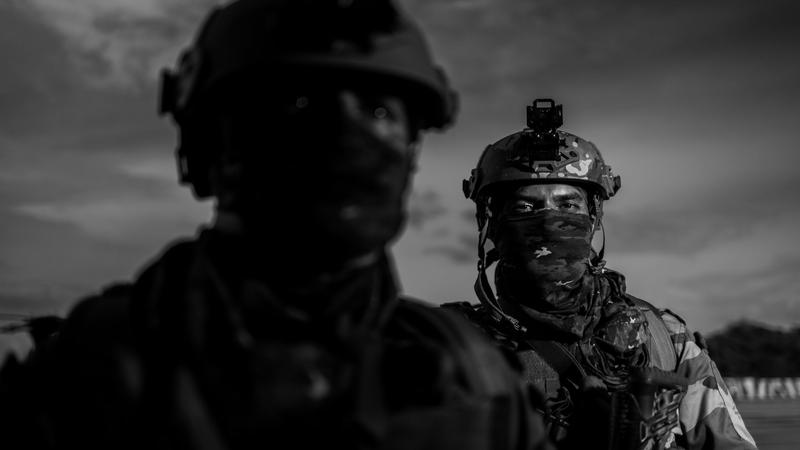Published 18:31 IST, May 13th 2024
Human Intelligence Gap Empowers Terrorists to Thrive in Pir Panjals, Complicate Anti-Terror Ops
Terrorist groups operating in the remote hamlets of Pir Panjals in Kashmir have established elusive hideouts, exploiting the thin Army deployments.

Representational | Image:
ADGPI
- Listen to this article
- 3 min read
Advertisement
18:28 IST, May 13th 2024




